 Abraham Lincoln
If given the truth, the people can be depended upon to meet any national crisis...
Abraham Lincoln
If given the truth, the people can be depended upon to meet any national crisis...
 Guildford news...
for Guildford people, brought to you by Guildford reporters - Guildford's own news service
Guildford news...
for Guildford people, brought to you by Guildford reporters - Guildford's own news service
Birdwatcher’s Diary No.84
Published on: 3 Apr, 2015
Updated on: 3 Apr, 2015
By Malcolm Fincham
With a cool northerly wind blowing across the UK on March 19, it was time for a trip down the A3 to Farlington Marshes near Portsmouth.
This turned out to be an over-optimistic hope of spotting a summer migrant arriving on our shores. Nevertheless, it was quite a productive one in the way of photos on what turned out to be an extremely chilly day.
With the tide receding on my arrival, there were a variety of waders that could be viewed out on the mud flats.
My first sighting was a lone curlew as it waded in the harbour.
While a common redshank flew by.
A large wintering flock of dunlin could also be seen some way out on a small island. Collectively they are known as a fling of dunlin.
Occasionally agitated for no apparent reason, they would suddenly take flight, wheeling around in a helical-type motion only to return to the same spot.
As I walked the seawall path, a rather obliging female reed bunting popped up and out of some brambles allowing me a close-up picture.
While just on the other side of the seawall was a pale looking rock pipit feeding among the seaweed. Guessing it to be one of Scandinavian descent and soon to return to its homeland, I took a few ID shots in the hope of later conformation.
Looking inland across the lagoons, a large number of brent geese, soon to make their 2,500-mile trip back to their breeding grounds in Siberia, continued to feed up on the grass.
Also out in the field and the surrounding pools, wintering widgeon could still be seen, although in fewer numbers than on my previous visit.
However, a good number of shoveler could still be seen.
While out on the lagoon, one of my personal favourite type of duck, the pintail, could still be seen.
Also, black-tailed godwits, with some now coming into summer plumage, could be seen both in the main lagoon and around the reserve. They will soon be travelling north to their breeding grounds in places such as Iceland.
Two of which seemed to be noticeably interacting with each other, either sparring or in some kind of pre-breeding ritual.
As I continued along the path a pair of meadow pipits could also be seen squabbling.
For the first time this year I could hear skylarks. Although sometimes not easy to spot as they sang high over the fields, by cricking my neck I managed to snatch a few photos as one hovered overhead in song.
Shortly after one was kind enough to land close by allowing me some much easier pictures.
Just a few days later on March 21 it was back to the coast, this time with a posse of equally keen wildlife friends.
This time it was to Medmerry, near Bracklesham Bay in West Sussex. I last visited when black-wing stilts successfully bred there last year.
And as with my visit last year, several avocet could be seen.
Yellowhammers were also still present as we walked the track to the man-made scrapes, and a pair of corn buntings were also briefly viewed.
Our best sighting of the day had to be the one we had hoped to view – a pair of spoonbills.
Having returned to breed in Norfolk after a 300-year absence from the UK in 2010, they certainly seem to have become quite a success story.
With their unusually long and strange shape bills, to me they are always a truly marvellous sight.
And though numerous sightings have been reported along the South Coast this winter, I felt it well worthy of a few extra pictures.
Moving on a short distance driving to Pagham gave us the opportunity of adding a few more species to my ever-growing list of ‘year sightings’.
I was able to add golden plover with the large flock we saw on the grassland by Sidlesham Ferry.
Grey partridge in another field nearby also added to the list.
Seen with red-legged partridge (this one I couldn’t add to my list as I had just seen one a few days before on Chinthurst Hill in Wonersh.
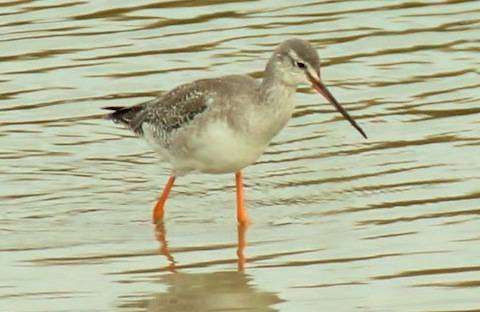
Spotted redshank in winter plumage – A much more pale looking bird than the common redshank at Pagham Harbour.
Another one I could add, which was feeding in the Ferry Pool alongside a common redshank, was a spotted redshank bringing my year tally of sightings to hover around the 113 mark! Nothing to boast about in comparison to many a top birdwatcher – but a respectable one to my eyes nonetheless.
Locally at Stoke Nature Reserve – in spite of a continued cool theme to the weather over the last few weeks, and with daytime temperatures rarely rising above double figures in centigrade – our resident birds continue their relentless activities with many now in full song.
A few redwing could still be seen in small flocks soon to return to their Scandinavian homeland.
Dunnock can be heard singing their loud and tuneful song.
Along with the tiny wren heard in good numbers suggesting to me that they have had a good survival rate over the winter months
While a male reed bunting could be seen sing once again near the boardwalk.
I was surprised to see so many Mandarin ducks in recent weeks counting five as they flew overhead near Bowers Lock at Burpham.
As well as a further two on the River Wey as I returned along the towpath towards Stoke Lock.
As noted on many birdwatching websites, I too feel I have to be careful and not name specific locations from where I have taken pictures and also not to reveal the locations of some of the rarer birds I might see at this time of the year.
However, I think it safe to say that Dartford warblers seem to have made a major comeback after several harsh winters and are once again a common sight on many of our local Surrey heathlands.
And if as fortunate as I was on Saturday, March 28, while walking a local heathland trail as I did, you may just hear its scratchy call as it sits on some gorse.
Last but not least, at the end of my birdwatcher’s diary report number 80, I asked if anyone had seen ring-necked parakeets on their feeders over the winter.
Having had several verbal responses, I recently had a few pictures sent through from a good friend and regular reader of The Guildford Dragon NEWS, Bob Smith, who took some nice photos of some that often invade his Guildford garden. He has kindly allowing me to use them. Here is the best one!
Although not an indigenous species, some believe them to be a menace. Permission has now given by the Government to shoot these critters without a licence. Are we not just being racist?
Recent Articles
- Stage Dragon: Murder on the Orient Express – Yvonne Arnaud Theatre
- Letter: GBC Improvement Work Was Hampered By Its Culture
- Letter: Half and Half is the Solution for Clandon House
- Camberley’s House of Fraser To Be Left Mothballed
- HRA Report Shows Overspend and Possible Fraud Occurred Despite Many Warnings
- Letter: Those in Elected Office Should Refrain from Deliberately Misleading the Public
- Cup Run Ends After City Fade in Second Half
- Press Regulator Condemns Behaviour of News Group Newspapers
- MP Says Raw Sewage Flooding Gardens Is ‘Absolutely Disgusting’ – ‘Thames Water Must Stop It’
- Opinion: We Should Restore Clandon House


Search in Site
Media Gallery
Dragon Interview: Local Artist Leaves Her Mark At One of England’s Most Historic Buildings
January 21, 2023 / No Comment / Read MoreDragon Interview: Lib Dem Planning Chair: ‘Current Policy Doesn’t Work for Local People’
January 19, 2023 / No Comment / Read MoreA3 Tunnel in Guildford ‘Necessary’ for New Homes, Says Guildford’s MP
January 10, 2023 / No Comment / Read More‘Madness’ for London Road Scheme to Go Ahead Against ‘Huge Opposition’, Says SCC Leader
January 6, 2023 / No Comment / Read MoreCouncillor’s Son Starts Campaign for More Consultation on North Street Plan
December 30, 2022 / No Comment / Read MoreCounty Council Climbs Down Over London Road Works – Further ‘Engagement’ Period Announced
December 14, 2022 / No Comment / Read MoreDragon Interview: GBC Reaction to the Government’s Expected Decision to Relax Housing Targets
December 7, 2022 / No Comment / Read MoreHow Can Our Town Centre Businesses Recover? Watch the Shop Front Debate
May 18, 2020 / No Comment / Read More



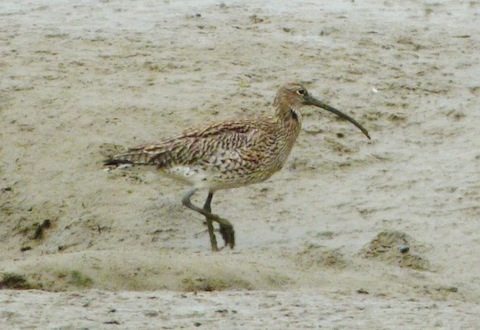


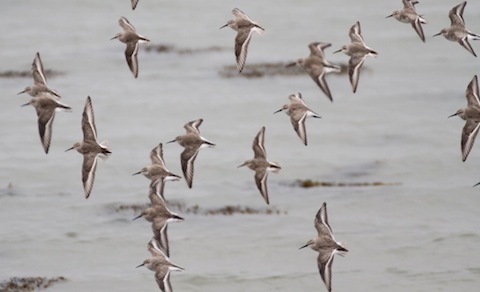
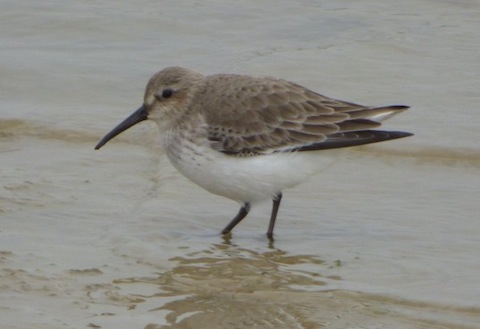

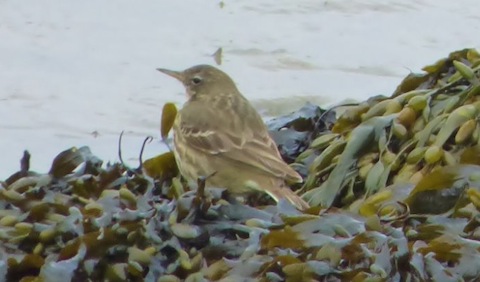
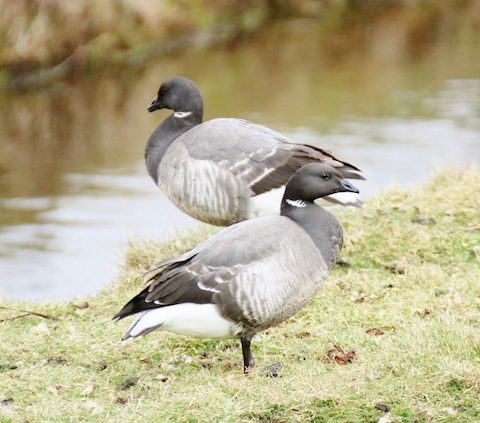
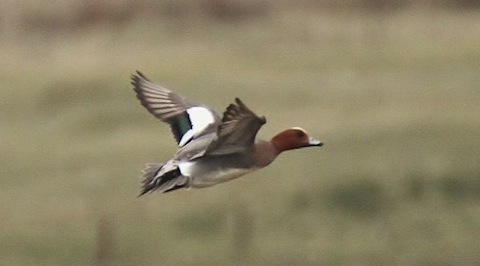
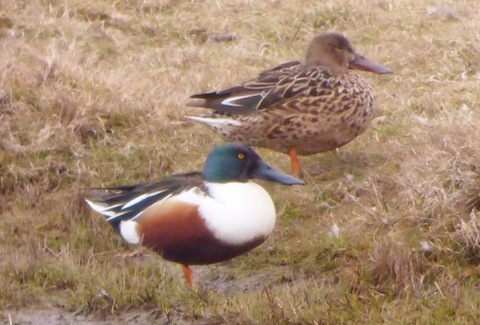
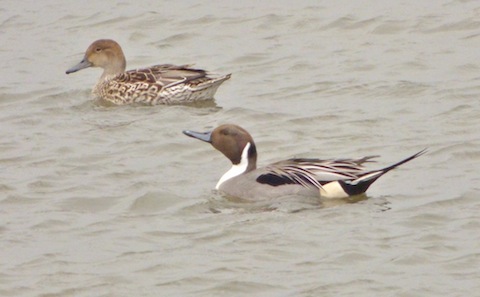

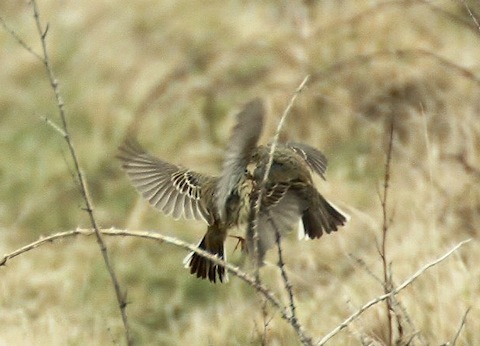
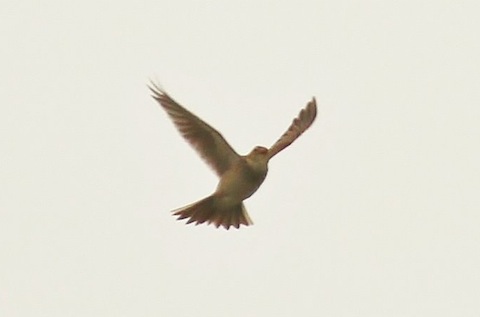
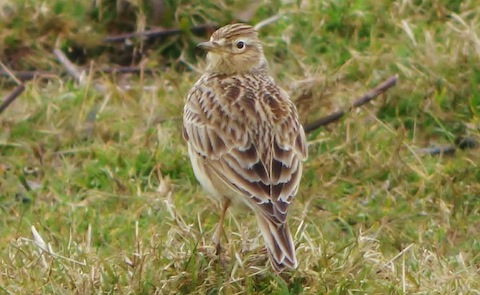
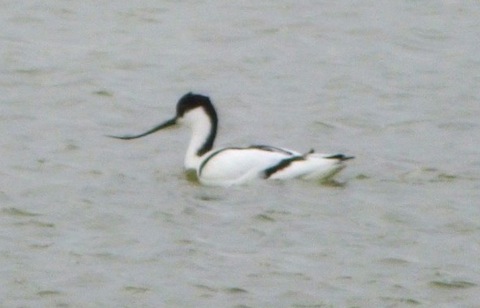
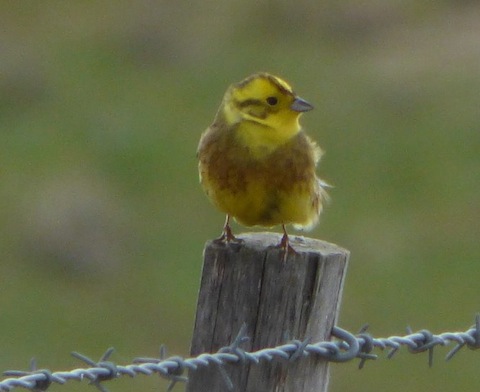
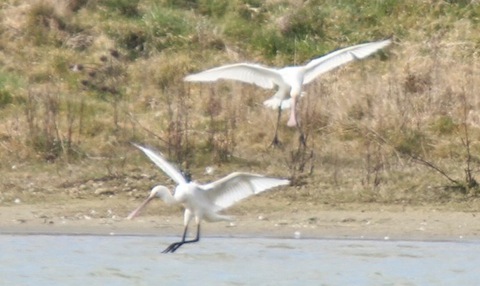

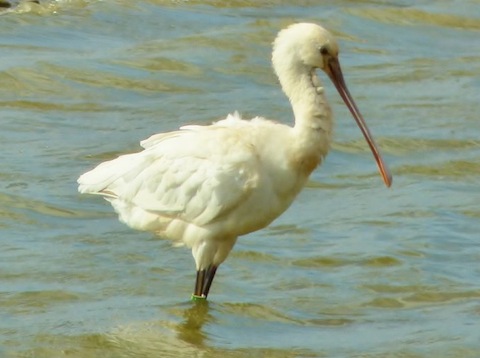
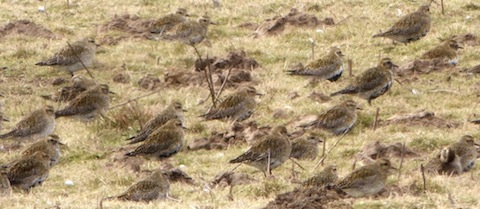
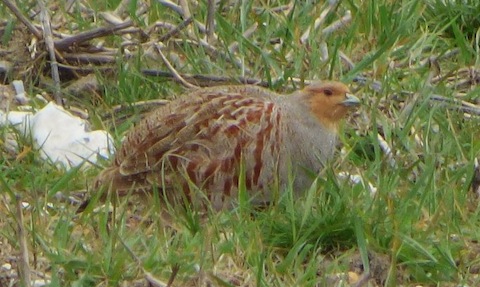
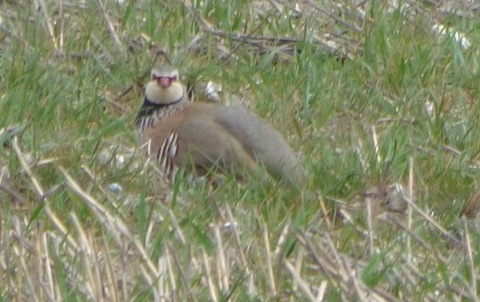
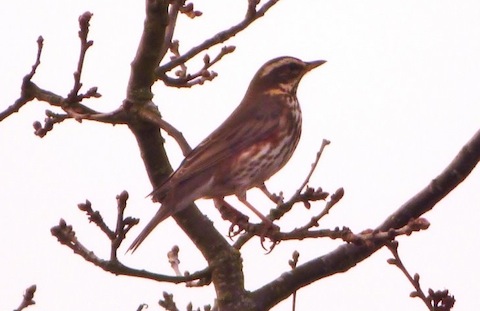
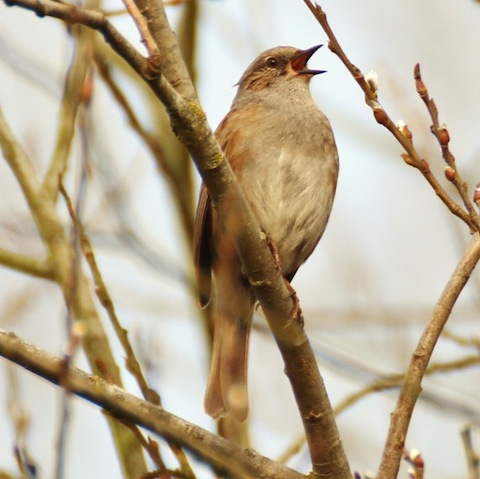
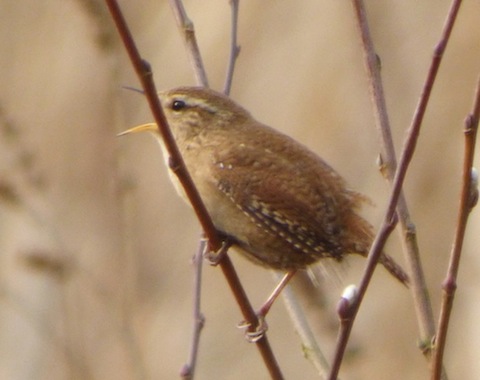

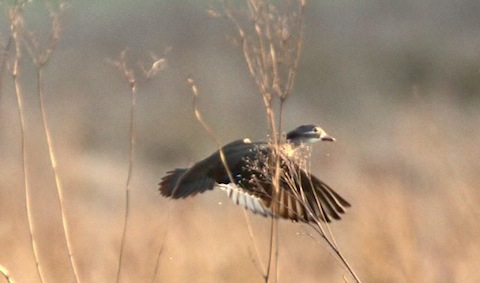









Recent Comments